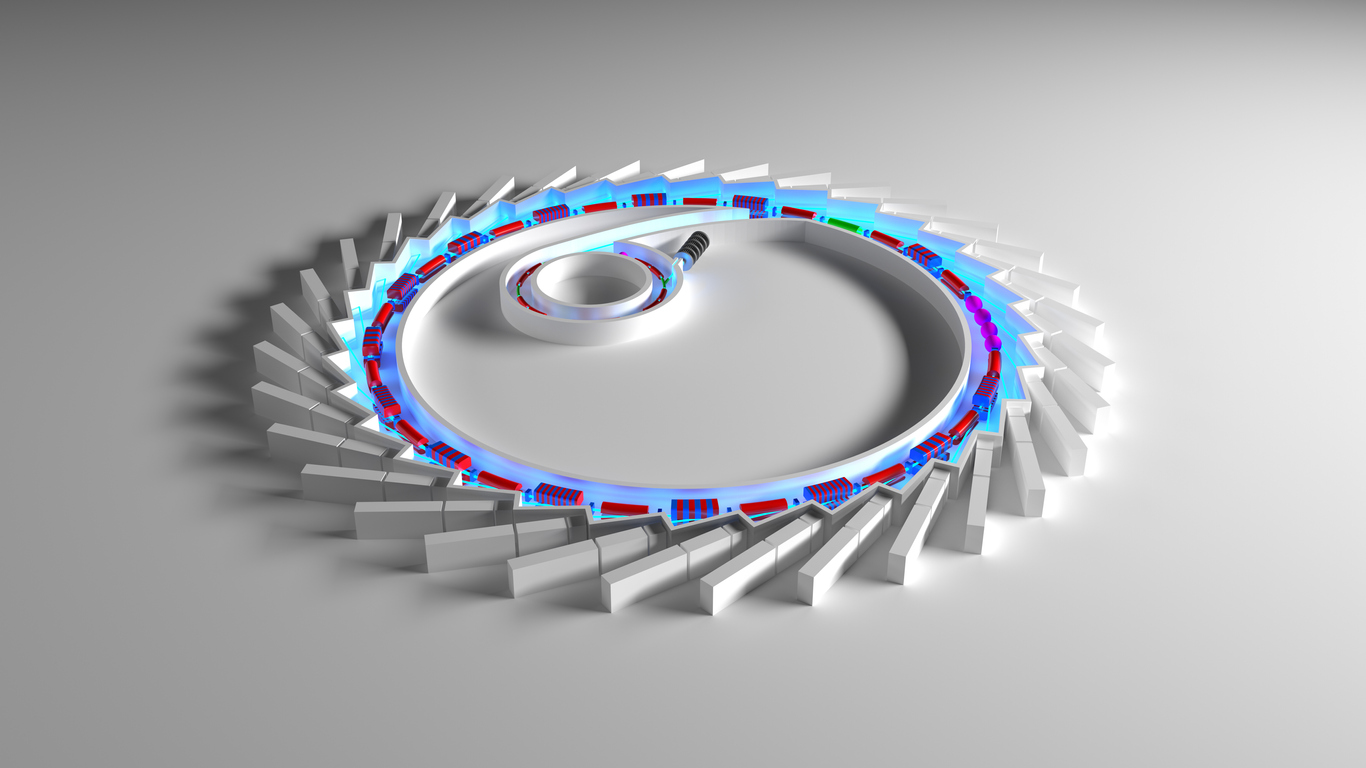2022/04/05
Next-Generation Synchrotron Radiation and New Industry-Academia Co-creation Scheme Opens Up Possibilities for Tohoku Region

(The original article in Japanese was posted on November 19, 2021)
On November 18, an online seminar titled “Future Manufacturing with Synchrotron Radiation - The Potential of Optical Innovation City Sendai” was held at Yano Research Institute. This seminar was organized by Sendai City, which is currently promoting the formation of a ‘research complex’ centered on the “next-generation synchrotron radiation facility,” which is being built at Tohoku University toward the start of operation in 2024, and this seminar was a part of the promotion of utilization of the research complex. Business fields of companies participated widely ranged from advanced materials and electronic materials to drug development, food, cosmetics, and environmental energy. Various industries have been highly interested in the next-generation synchrotron radiation facility.
So, what is the next-generation synchrotron radiation facility? In Japan, the synchrotron radiation facility for hard X-rays, “SPring-8” of the Institute of Physical and Chemical Research (RIKEN), is currently in operation to analyze the structure of the inside of materials. As far the products closely related to our daily lives are concerned, this facility contributes to the development of fuel-efficient tires, nickel-metal hydride batteries, pharmaceuticals, and hair care products. Compared to this traditional-type synchrotron facility, the next-generation synchrotron radiation facility is capable of generating highly brilliant synchrotron radiation in the soft X-ray region, and therefore, is good at observing the electronic states of light elements and recognizing the changes. (Please search for “next generation synchrotron radiation” if you are interested in further details.) In short, the next-generation facility is the world’s highest level measurement facility that can clearly see previously invisible nano-level structures with the light that is one billion times brighter than sunlight. This is an extremely large-scale project organized by the three sectors, the national government, local governments, and the private sector that include following specific entities: the National Institutes for Quantum Science and Technology (QST) from the national government; Miyagi Prefecture, Sendai City, Tohoku University, Photon Science Innovation Center (PhoSIC), and Tohoku Economic Federation (Tokeiren) from the regional government; and various private companies.
What is noteworthy about this project is the new scheme for industry-academia collaboration “Coalition,” which comes from the words “grow together” and “grow as one,” meaning that industry and academia are working together to achieve innovation. The next-generation synchrotron radiation facility is calling on industry “tell them not how you want to use synchrotron radiation, but what you want to see or realize,” and top-class researchers from Tohoku University, PhoSIC, and other institutions will respond to this. Membership in Coalition costs 50 million yen per unit and entitles the right to use the facility for 200 hours per year for 10 years. The number of members has reached about 100 as of September 2021. In addition, Tokeiren’s “Monozukuri Friendly Bank” to provide the right of shared use of the facility for 500,000 yen per unit, which is much more affordable, will also be available for local small and medium companies.
Tokeiren has estimated that the economic impact of the next-generation synchrotron radiation facility will be 1.9 trillion yen and 19.000 jobs will be newly created in Miyagi Prefecture alone over the first 10 years of operation. Tokeiren is also promoting the induction of the International Linear Collider (ILC). In Fukushima, the operation of “Fukushima Robot Test Field (RTF),” which opened in 2020, is now in full swing. Moreover, in the field of primary industry, the Ministry of Agriculture, Forestry and Fisheries’ “Smart Agriculture Demonstration Project” is being rolled out across the Tohoku region. Now, advanced technologies are unlocking the potential of Tohoku.
Reconstruction from the Great East Japan Earthquake is still in progress. What is important is that reconstruction is not “reproduction” of the past. It would be our great pleasure to do whatever we can do to support the Tohoku’s challenge toward creation of the future after overcoming the earthquake disaster and the COVID-19 pandemic.
This Week’s Focus, November 19, 2021
Takashi Mizukoshi, the President